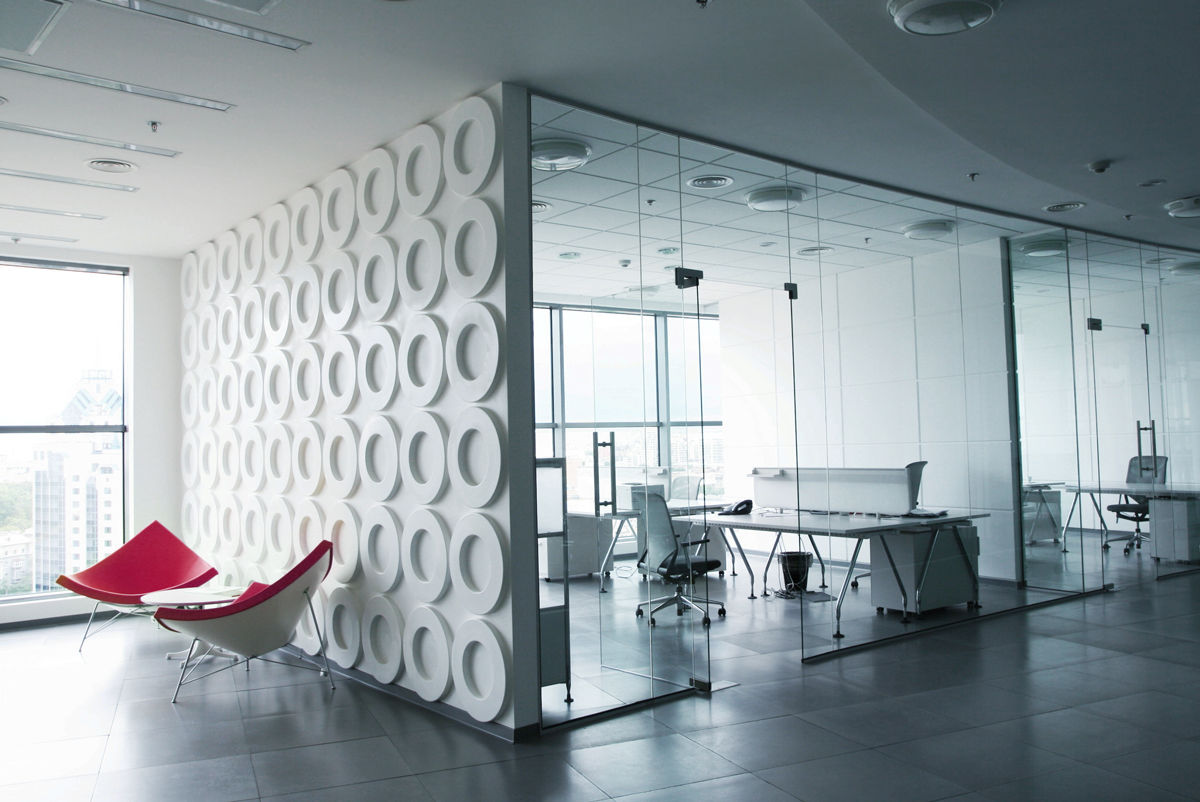[News] New Nuclear Fuel Could Boost Reactors, But Also Safety Worries
- jkcgroup

- 2014年10月2日
- 讀畢需時 3 分鐘
From: MIT Technology Review http://www.technologyreview.com/news/530981/new-nuclear-fuel-could-boost-reactors-but-also-safety-worries/
Slowing climate change will most likely require a vast expansion of carbon-free nuclear power. But since existing plants often can’t compete with cheap natural gas, and advanced nuclear plant concepts are still decades away, some are looking for ways to boost the power output from existing reactors.
Lightbridge, a nuclear engineering company based in Tysons Corner, Virginia, is planning the first tests in a full-scale reactor of new fuel rods that have been engineered to boost power output by 10 to 17 percent. Crucially, the tests will determine whether the technology can work safely.
“We’re trying to do what is practical and what customers are asking us to address,” says Seth Grae, CEO of Lightbridge. “The biggest problem is how to address the economics of nuclear power in a world of abundant natural gas, and with safety and security costs rising in the wake of the 9/11 attacks and Fukushima.”
Nuclear fuel hasn’t changed much since the infancy of nuclear power in the 1950s. Uranium is formed into ceramic pellets of uranium oxide; the pellets are nested in a thin-walled metal tube; and thousands of these tubes are inserted into the water-filled reactor core, where chain reactions throw off huge amounts of heat, generating steam to spin turbines.
The Lightbridge fuel is instead made of zirconium/uranium alloy, with a cross configuration and spiral shape, which makes it look like a piece of Twizzlers candy. The metal composition means heat transfers far faster, and the shape increases the contact area between fuel and water by more than 35 percent. To cope with the increased intensity, water must move through the reactor core more quickly, but existing water pumps can handle this because the fuel provides less resistance to the flow.
“We’ve never seen this combination of things come together,” says Sean McDeavitt, an associate professor of nuclear engineering at Texas A&M University, who has no financial ties to the company. For any new nuclear design, “it takes a marathon endurance process to run through the testing and regulatory process,” McDeavitt adds.
Inserted in a conventional reactor, the new fuel could boost power 10 percent. Replacing equipment including turbines with larger-size ones would increase that to 17 percent, Lightbridge says.
Versions of metal fuel have been tested over the years, and some are now used in nuclear submarines, but the Lightbridge fuel has been optimized for commercial plants. For example, while metal fuel can swell in response to irradiation, Lightbridge’s minimizes this effect and maintains its shape over the lifetime of the fuel.
The company has already completed some initial irradiation testing and computer modeling to verify that it works. And it has signed a memorandum of understanding with Babcock and Wilcox, a Charlotte, North Carolina-based company, to begin the process of fabricating the fuel.
Against the backdrop of Fukushima, however, the industry is deeply wary, saysMujid Kazimi, a nuclear engineer at MIT. South Korea, for example, was examining differently shaped fuels as well as metallic fuel, he says, “but before it moved on either, Fukushima happened and shifted the fuel development effort into avoiding or mitigating accidents, rather than increasing the power density. So did the United States, which today is spending about $50 million a year developing options for accident-tolerant fuel”—referring to fuel that can better withstand the high temperatures that occur when coolant is lost for longer periods.
What’s already certain is that something new is needed to make nuclear power compete. And if Lightbridge’s fuel works, it would be like adding 10 new plants in the United States—or 40 more in the world—without even having to build one.


![[New Publication!] Nanostructured tin electrodeposited in ionic liquid for use as an anode for Li-io](https://static.wixstatic.com/media/b33e48_227b95c0eed744c28cc3591180171a21.png/v1/fill/w_447,h_250,fp_0.50_0.50,lg_1,q_35,blur_30,enc_avif,quality_auto/b33e48_227b95c0eed744c28cc3591180171a21.webp)
![[New Publication!] Nanostructured tin electrodeposited in ionic liquid for use as an anode for Li-io](https://static.wixstatic.com/media/b33e48_227b95c0eed744c28cc3591180171a21.png/v1/fill/w_263,h_147,fp_0.50_0.50,q_95,enc_avif,quality_auto/b33e48_227b95c0eed744c28cc3591180171a21.webp)




留言